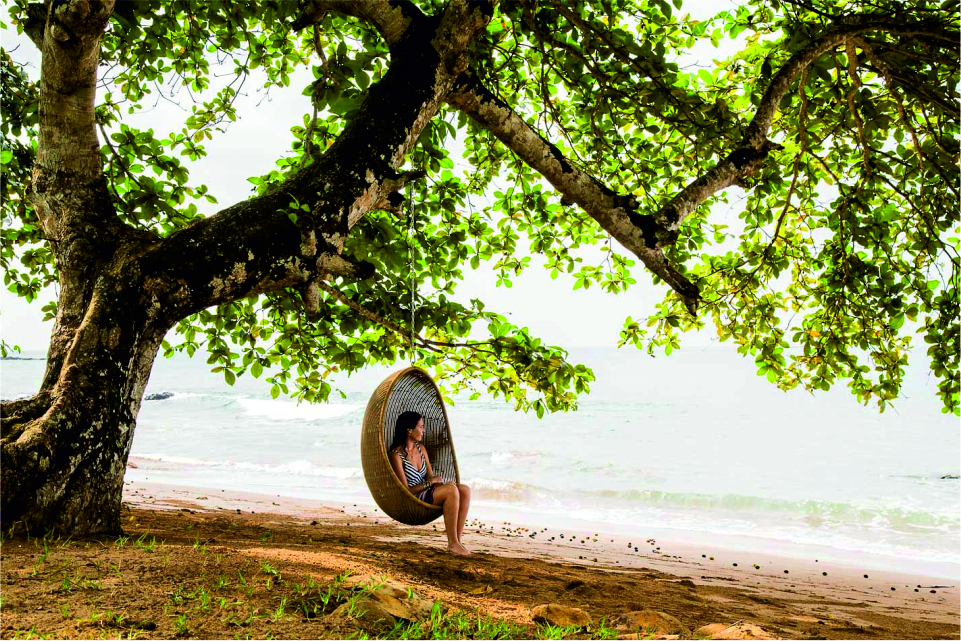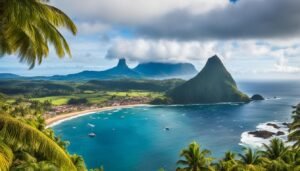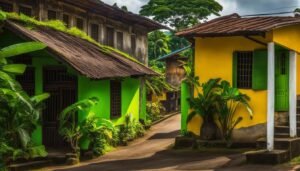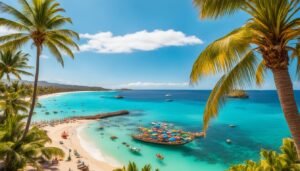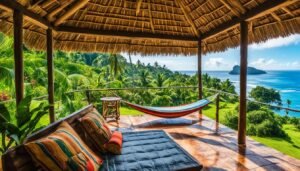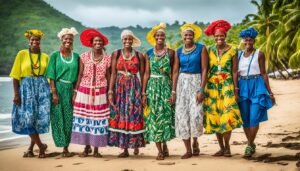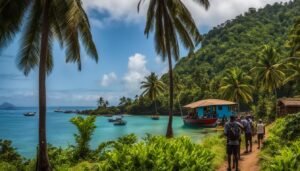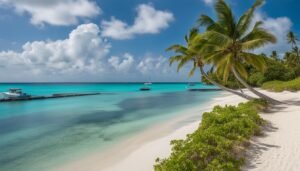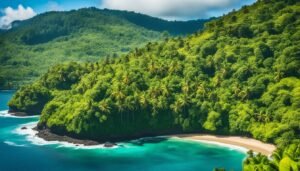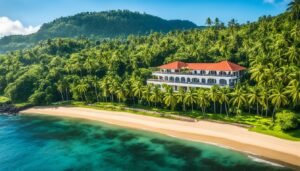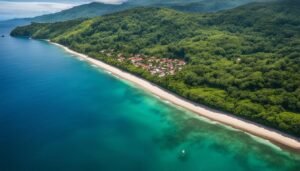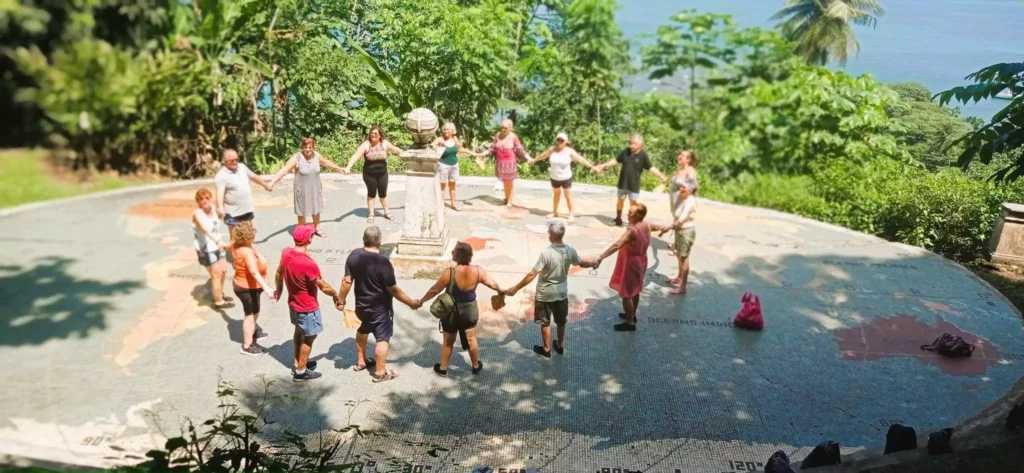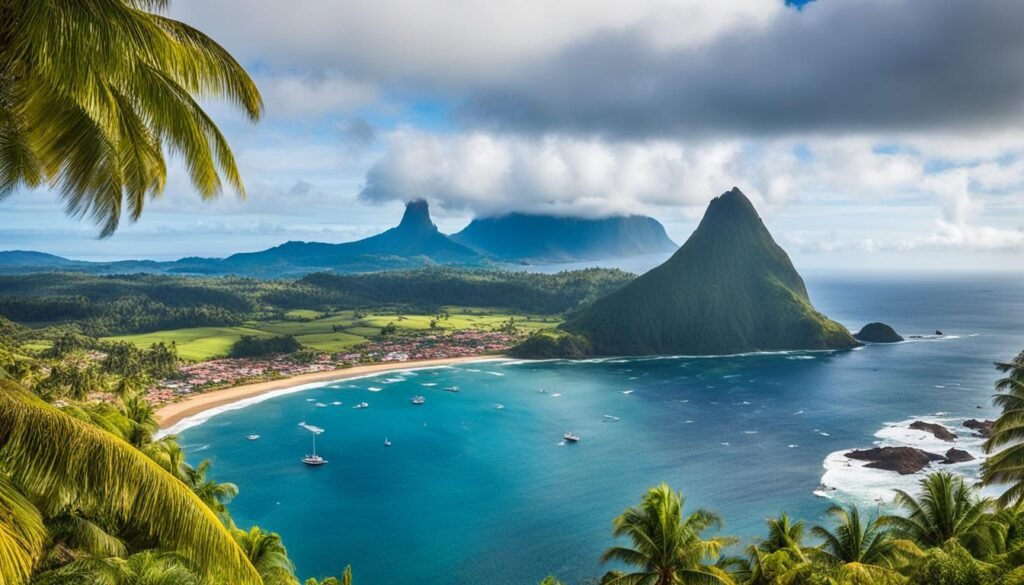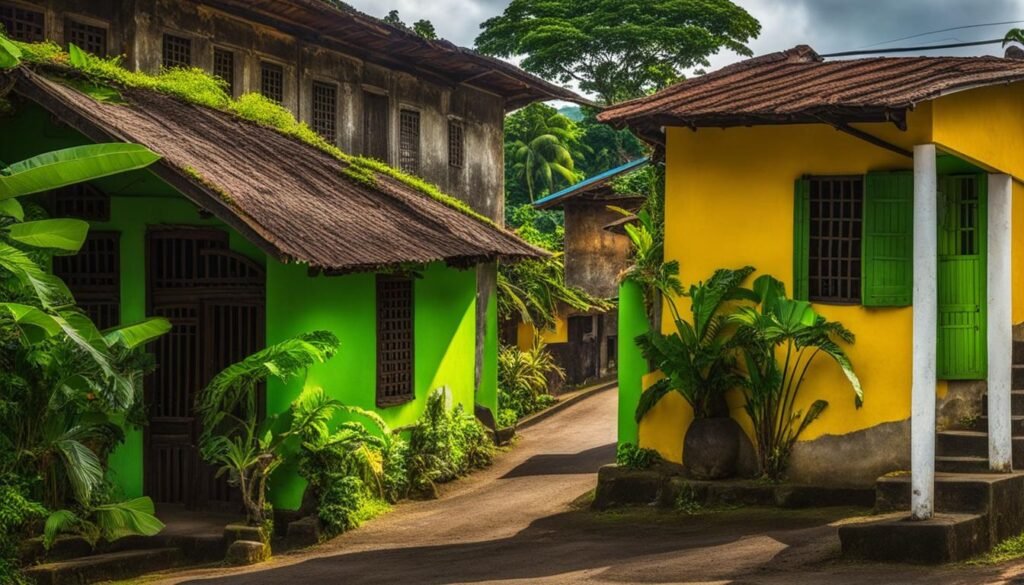Off the west coast of Africa, in the warm Gulf of Guinea, lie two small islands, São Tomé and Príncipe. Its history, although small in territorial extent, is rich and complex, a multifaceted tapestry of events and characters. This is the "History of São Tomé and Príncipe", a fascinating journey through time.
The Dawn of São Tomé and Príncipe
The archipelago of São Tomé and Príncipe, despite having been discovered by Portuguese navigators in the 15th century, had no human presence until the arrival of the colonisers. The islands were an uninhabited paradise, full of exotic species of plants and animals.
The Power of Black Gold - The Sugar Cycle
At the end of the 15th century, Portugal began to establish colonies on the islands, bringing African slaves with them to cultivate sugar cane. São Tomé quickly became a centre of the sugar industry, earning the title of "sugar island". However, prosperity was short-lived. With competition from Brazil and the West Indies, São Tomé's economy suffered a severe blow in the 17th century.
The Coffee and Cocoa Season
In the 19th century, São Tomé and Príncipe began a new chapter in its economic history with the introduction of coffee and cocoa. Cocoa plantations, in particular, thrived on the islands' rich volcanic lands, making the archipelago the world's largest cocoa producer by area at the beginning of the 20th century. The wealth generated by these crops profoundly marked the society and landscape of São Tomé and Príncipe, with the construction of numerous "roças", large agricultural plantations that still dot the territory today.
The Struggle for Independence
Like many African colonies, São Tomé and Príncipe experienced the turmoil and turbulence of the decolonisation process in the 20th century. The struggle for independence was marked by strikes, revolts and conflicts. Finally, on 12 July 1975, São Tomé and Príncipe achieved independence, with Manuel Pinto da Costa as the country's first president.
The Present and the Future
Today, São Tomé and Príncipe is in the midst of a new phase in its history. The economy is still centred on agriculture, but tourism is growing rapidly. The beautiful beaches, unspoilt nature and rich culture attract visitors from all over the world. The future looks bright for this small but resilient African country.
Conclusion
The history of São Tomé and Príncipe is a fascinating example of the rich tapestry of African history. From the early days of colonisation to the flourishing cocoa economy and the struggle for independence, each period has left its mark on the islands and the people. Today, visitors can explore this history while enjoying the natural and cultural beauty that São Tomé and Príncipe has to offer.

